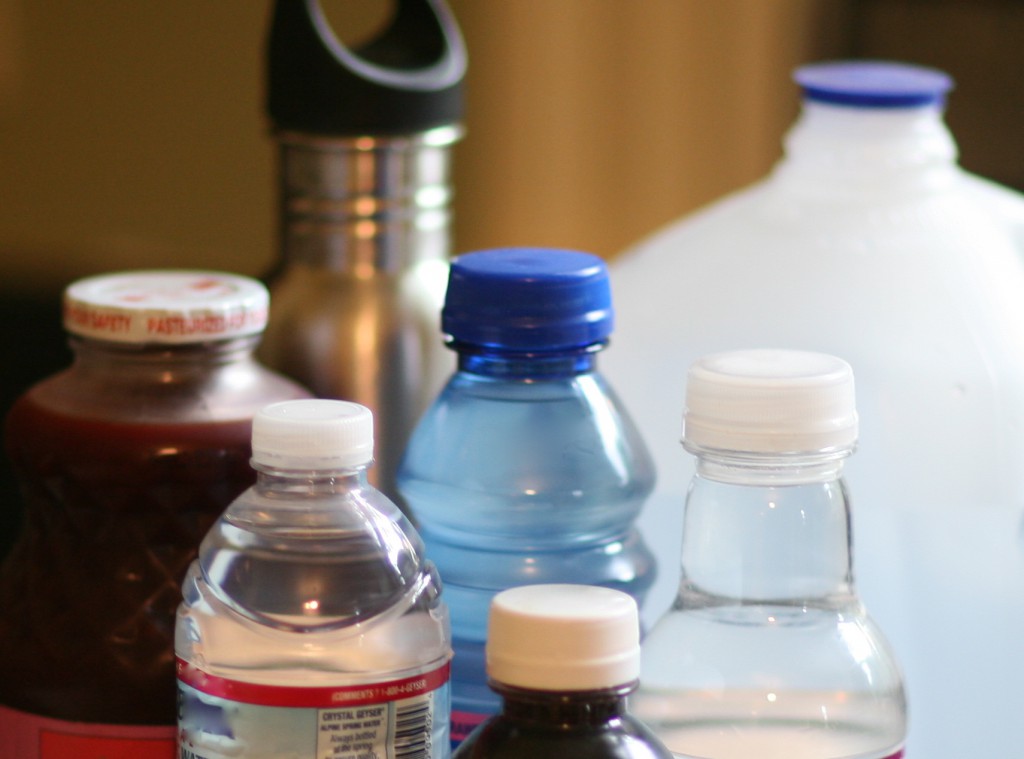How many of you think about hydration either when exercising or just in general? For some people this might seem like a non-issue, but for others this could be the difference between a very good day and a very very bad day! For the most part, thirst can be your guide. The exceptions are with the elderly and sick whose thirst mechanisms aren’t working as well and sometimes children, who “forget” to drink as they get wrapped up in their busy play schedule. When it comes to exercise there have been conflicting viewpoints about hydration lately and I think that most of this conflicting advice comes down to the fact that we are each very individual in our needs; hydration isn’t a one size fits all proposition.
You may have heard of hyponatremia, a condition of dangerously low sodium levels in the body which can be caused by over-hydration while sweating without replacing electrolytes (like just drinking tons of water without any other nutrition during endurance activities). This dangerous condition has lead many people to back off from hydration advice in attempts to not encourage over-hydration. The flip side of this issue is dehydration which can also be very dangerous in the extreme and will inhibit performance even in small amounts. What’s a person to do?
After feeling the negative effects of heat and dehydration during my last race, I have been thinking a lot about how to make sure I don’t encounter the same problems again. Part of my problem was that the weather changed at the last minute (when you are prepared for 66 and overcast, 85 and sunny makes a big difference!). Currently, many of us have to deal with wide variation in conditions from day to day as spring makes way for summer. One aspect of this is sweat rate, which will change as temperatures change and it’s important to recognize this (I’ll talk about heat specifically in another post). The best way to arrive at the amount of fluids that you personally need is to calculate your sweat rate and then use that information to try to keep within the range of fluids you need. The goal is not to exactly match the sweat rate, but to get into the ballpark so that you aren’t in the danger zone on either side.
Calculating sweat rate is actually much easier than it sounds. Weigh yourself before and after your workout without any clothing. Each pound of weight difference is roughly equal to 16 ounces of fluid and don’t forget to take into account any fluids you consumed during your workout. For example if your pre workout weight is 150 pounds and your post workout weight is 149 pounds but you drank about 16 oz of water during exercise, your sweat rate for that particular exercise session in those conditions was approximately 32 oz. It is important to note the weather conditions and duration of activity so that you will have that information for future reference.
Knowing your sweat rate, as well as how salty your sweat is (do you see white lines on your clothes when they dry or can you feel crusty salt on your skin when your sweat dries?) can help you when it comes to proper hydration and nutrition in endurance activities. This can be a very complex issue and I’ve only just brushed the surface here. It’s very important to pay attention to the way your body reacts in different circumstances. Planning ahead and trying different strategies to find what works best for you personally will be like money in the bank when it comes time to perform!

